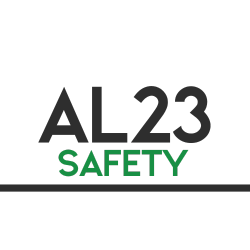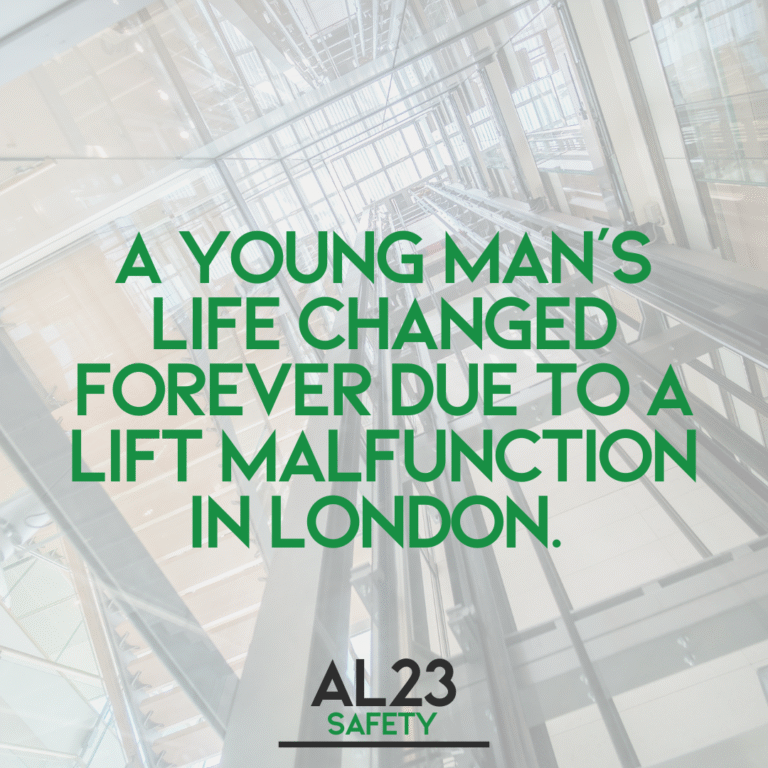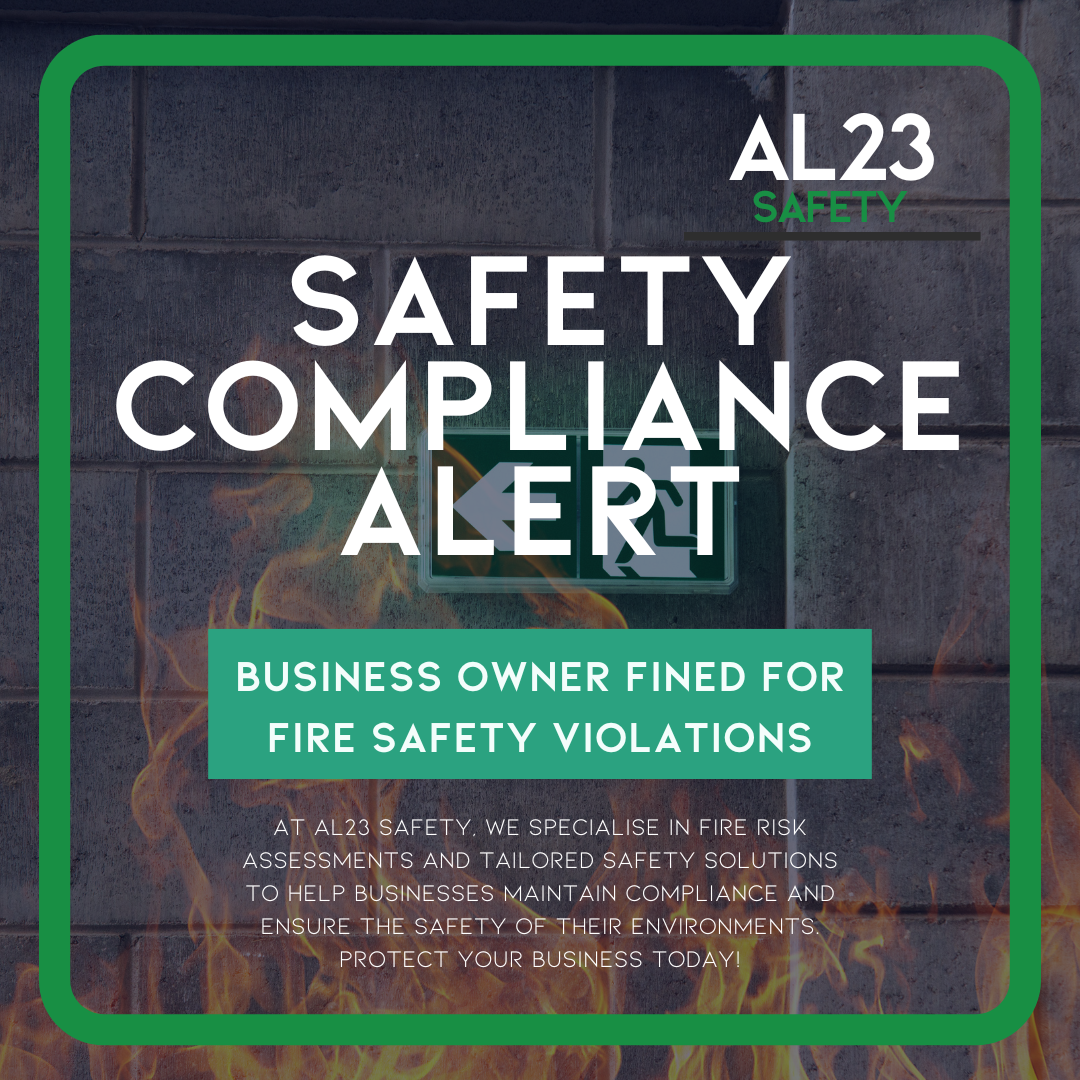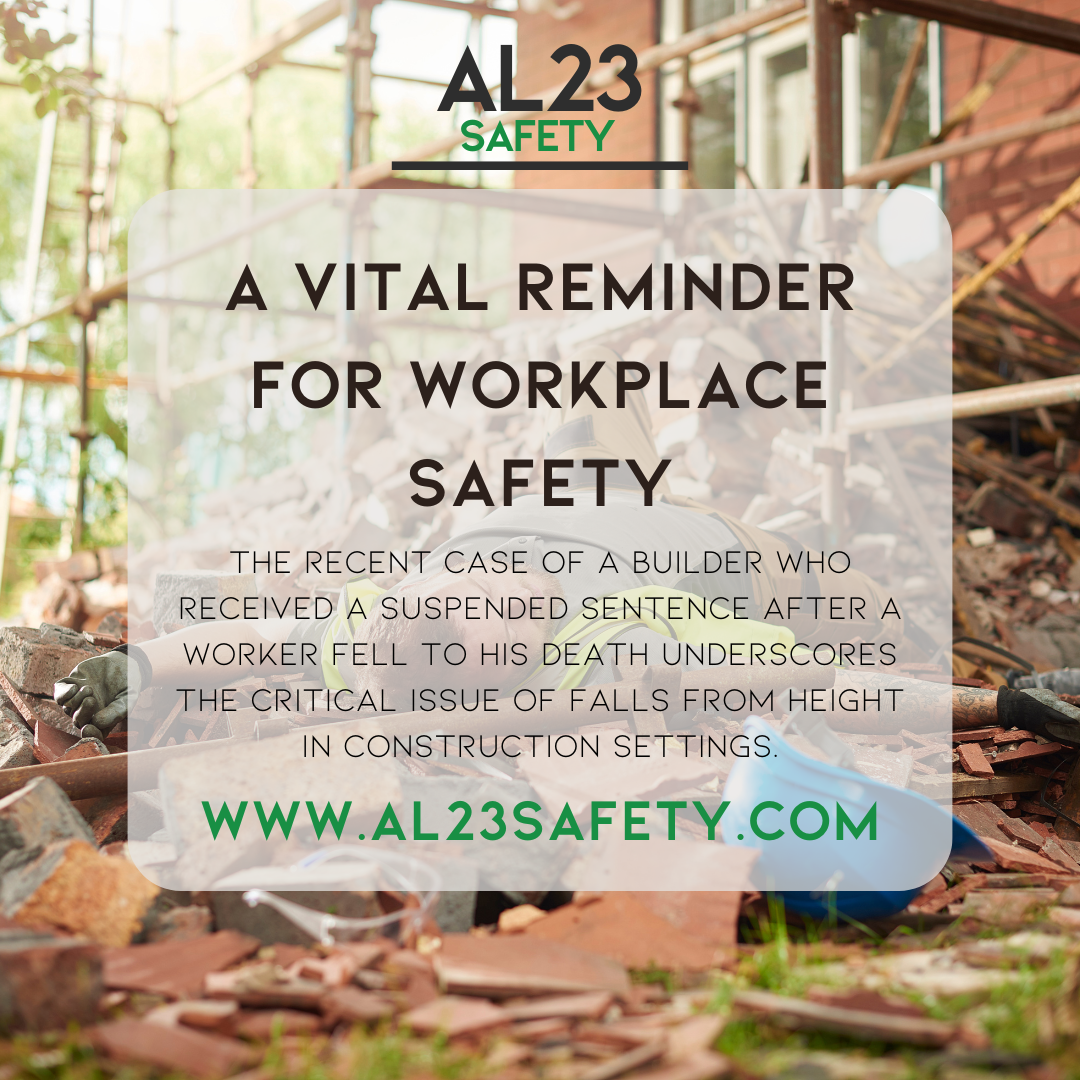Lift safety regulations are the cornerstone of workplace and residential safety in the UK, ensuring that lifting equipment operates without endangering lives. The tragic incident involving Nofax Enterprises Limited serves as a stark reminder of the catastrophic consequences of neglecting these regulations, resulting in a £40,000 fine and life-altering injuries to a young man. Under the Lifting Operations and Lifting Equipment Regulations 1998 (LOLER) and the Health and Safety at Work etc. Act 1974, businesses must conduct thorough inspections every six months by competent persons, immediately addressing any defects that could pose risks. At AL23 Safety, we specialise in helping property managers and businesses achieve lift safety regulations compliance through tailored risk assessments and training, preventing disasters and fostering secure environments.
The Health and Safety Executive (HSE) reports that lifting equipment incidents contribute to hundreds of injuries annually, with non-compliance leading to severe penalties and human suffering. In the Nofax case, a malfunctioning lift in a London block of flats crushed a 23-year-old man between the ground floor and the lift car, requiring a liver transplant due to his injuries. This preventable tragedy, occurring on 9 September 2019, highlights the urgent need for vigilance in lift safety regulations. AL23 Safety’s expert consultancy has assisted clients in reducing such risks by up to 40%, ensuring compliance while protecting lives and reputations. In this blog post, we’ll explore five vital lessons from the Nofax incident, offering actionable strategies to embed lift safety regulations into your operations.
The Nofax Enterprises Incident: A Devastating Breach of Lift Safety Regulations
On 9 September 2019, a group of friends entered a lift in a five-storey block of flats on Cambridge Heath Road, East London, managed by Nofax Enterprises Limited. The lift, already flagged for defects including brake issues and overloading detection failures, shuddered and descended with its doors open. As it fell, the 23-year-old victim attempted to exit but was crushed, sustaining crush injuries so severe he required a liver transplant. The HSE investigation revealed that Nofax failed to act on known defects identified by third-party inspectors days earlier, breaching Section 3(1) of the Health and Safety at Work Act 1974.
Prosecuted at Southwark Crown Court in July 2025, Nofax pleaded guilty and was fined £40,000, plus £8,540 in costs to the victim. HSE Inspector Pippa Knott emphasised that such failures are taken “extremely seriously” by courts and regulators, underscoring the human and financial toll of ignoring lift safety regulations. This case, one of several against Nofax, including a £63,000 fine earlier in 2025 for construction site failures, demonstrates a pattern of systemic neglect. For property managers and businesses, adhering to lift safety regulations isn’t optional, it’s essential to prevent tragedies and maintain operational integrity.
Legal Framework: Understanding Lift Safety Regulations in the UK
Lift safety regulations in the UK are governed by LOLER 1998, which requires all lifting equipment to be strong, stable, and suitable for its purpose, with regular thorough examinations by competent persons. The HSE mandates six-monthly inspections for passenger lifts, with immediate prohibition if defects endanger users. Breaches fall under the Health and Safety at Work Act, exposing companies to unlimited fines and potential imprisonment.
Non-compliance erodes trust and invites scrutiny, as seen in Nofax’s repeated HSE interventions. Proactive adherence to lift safety regulations not only avoids penalties but also reduces downtime and insurance costs. AL23 Safety’s audits ensure your equipment meets these standards, providing peace of mind and compliance certification.
5 Vital Lessons from the Nofax Case on Lift Safety Regulations
The Nofax tragedy offers profound lessons for businesses handling lifting equipment. Here are five vital takeaways to strengthen your lift safety regulations compliance.
Lesson 1: Prioritise Thorough and Timely Lift Inspections
Nofax ignored defects reported just days before the incident, violating six-monthly inspection requirements. Lift safety regulations demand immediate action on faults. AL23 Safety recommends scheduling inspections with certified engineers, helping a property client identify brake issues pre-emptively and avoid disruptions.
Lesson 2: Appoint Competent Persons for Lift Maintenance
The HSE found Nofax lacked oversight from qualified personnel. Under LOLER, competent persons must conduct examinations. Train or hire specialists to ensure lift safety regulations compliance. Our training at AL23 Safety equips teams, reducing risks by 30% for a residential manager.
Lesson 3: Implement Robust Reporting and Response Protocols
Defects were flagged via email, but Nofax failed to respond. Establish clear protocols for defect reporting under lift safety regulations. AL23 Safety develops digital tracking systems, enabling swift repairs and documentation for HSE audits.
Lesson 4: Train Staff and Users on Lift Safety Regulations
Overloading contributed to the malfunction, yet detection failed. Educate users on capacity limits and emergency procedures. AL23 Safety’s workshops cover LOLER essentials, boosting awareness and preventing misuse in high-traffic buildings.
Lesson 5: Partner with Experts for Ongoing Lift Safety Compliance
Nofax’s systemic failures highlight the need for external expertise. Engage consultants for audits and strategies aligned with lift safety regulations. AL23 Safety provides 24/7 support, helping clients achieve zero incidents over two years.
The Broader Impact: Human and Financial Costs of Ignoring Lift Safety Regulations
Beyond the £40,000 fine, Nofax faced reputational damage and further scrutiny, with total penalties exceeding £100,000 in 2025. The victim’s life-changing injuries, a liver transplant and ongoing trauma, illustrate the profound human cost of neglecting lift safety regulations. Businesses risk not only fines but also civil claims, operational shutdowns, and loss of trust.
Proactive compliance yields benefits: reduced accidents, lower premiums, and enhanced morale. AL23 Safety’s holistic approach integrates lift safety regulations with broader health and safety systems, ensuring long-term resilience.
The AL23 Safety Advantage in Lift Safety Regulations Compliance
At AL23 Safety, we transform compliance into a strategic advantage. Our certified consultants deliver thorough lift inspections, LOLER-aligned training, and bespoke maintenance plans tailored to property management and commercial sectors. We’ve guided clients through HSE audits, preventing fines and incidents while streamlining operations. With expertise in UK lift safety regulations, we ensure your equipment is safe, certified, and future-proof.
In conclusion, the Nofax crisis reveals the devastating stakes of ignoring lift safety regulations. By embracing these five lessons, businesses can protect lives, avoid penalties, and build safer environments. Honour the lessons from this tragedy, contact AL23 Safety today for a consultation and fortify your lift safety compliance.



